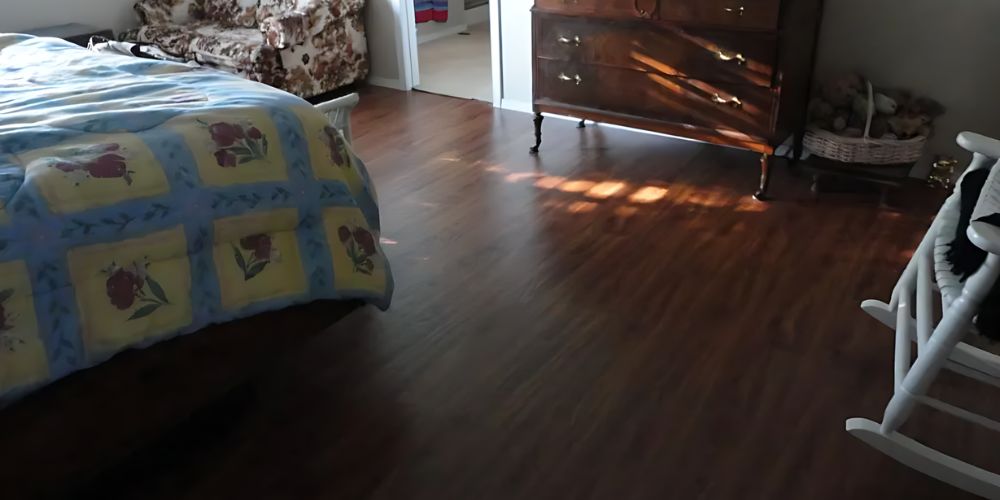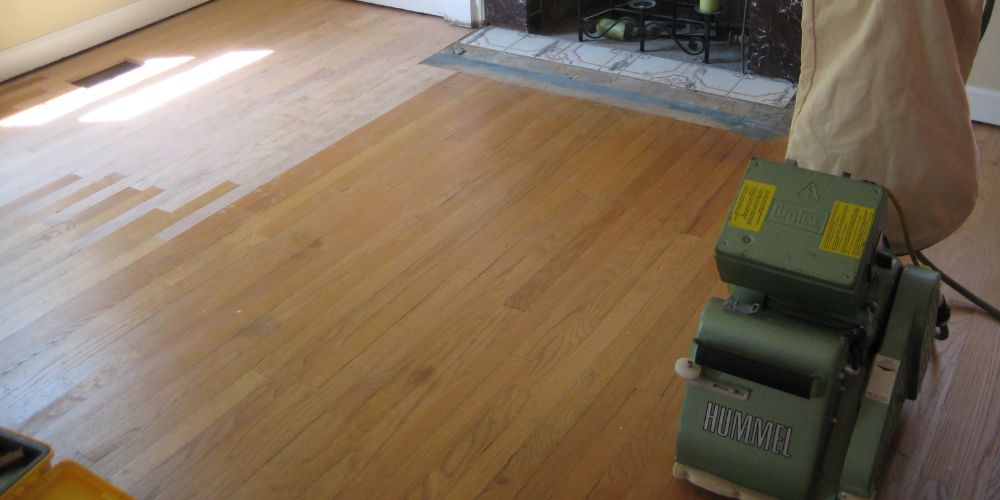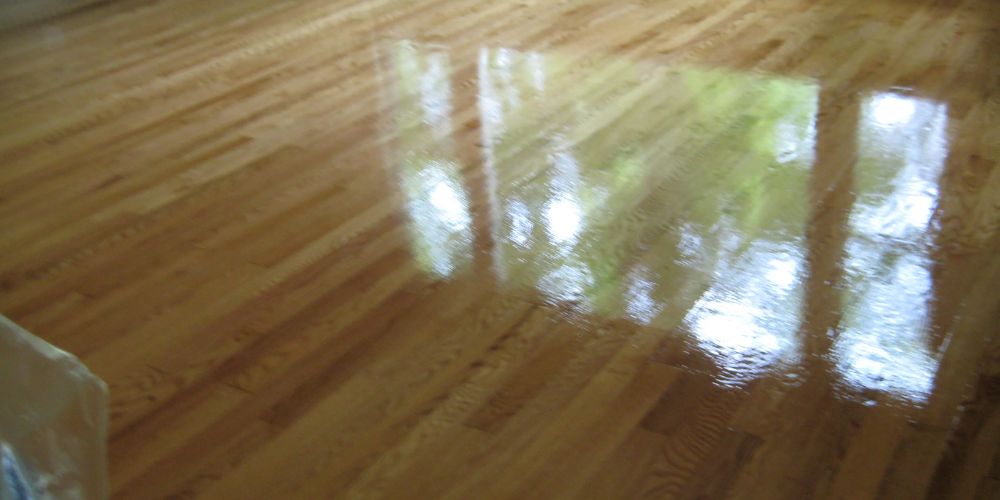Choosing the right flooring for your home is a crucial decision that can impact both aesthetics and functionality. Among the myriad options available, laminate flooring and hardwood flooring stand out as popular choices. While both offer their own set of advantages and appeal, they also have distinct differences to consider. In this blog, we’ll explore five key differences between laminate flooring and hardwood flooring to help you make an informed decision for your space.
Key Differences Between Laminate and Hardwood Flooring
Various factors, from durability to budget, distinguish hardwood from laminate flooring. Let’s examine them more closely.
Material Composition
- Laminate Flooring: Laminate flooring is manufactured of several layers of synthetic materials. These layers usually consist of a fiberboard core, a photographic layer to replicate the look of wood, stone, or tile, and a protective top layer crafted from resin or melamine. These layers are bonded together through a lamination process, creating a robust and cost-effective flooring choice.
- Hardwood Flooring: It is crafted from solid wood planks sourced from hardwood trees like oak, maple, or cherry. These planks are precisely milled to ensure uniform thickness. They may undergo treatments such as staining and finishing to restore their visual appeal and resilience. Hardwood flooring exudes a timeless and organic aesthetic, infusing warmth and character into every room it graces.

Appearance and Aesthetic
- Laminate Flooring: While laminate flooring can mimic the look of hardwood, stone, or tile, its appearance is generally more uniform and consistent. The photographic layer used in laminate flooring often replicates natural materials’ texture and grain pattern. Still, it may need more depth and authenticity of natural wood.
- Hardwood Flooring: Hardwood flooring boasts a rich and distinctive appearance characterized by unique grain patterns, knots, and variations in color and texture. Each hardwood plank is one-of-a-kind, adding a sense of natural beauty and sophistication to any room. With proper care and maintenance, hardwood flooring can also develop a unique patina with time, enhancing its charm and character.
Durability and Longevity
- Laminate Flooring: If you are looking for laminate flooring Chicago IL must know that it boasts exceptional durability and resistance to scratches, stains, and fading, making it an excellent choice for areas with heavy footfall and homes with pets or children. Its protective top layer is an extra shield against everyday wear and tear, guaranteeing enduring performance over time.
- Hardwood Flooring: It is known for its remarkable durability and longevity, often lasting for decades or centuries when appropriately maintained. Although hardwood floors can be susceptible to scratches and dents over time, they can be sanded and refinished repeatedly, restoring their original beauty and luster with ease. Through consistent upkeep and care, hardwood flooring retains its value and timeless appeal, becoming a cherished feature of any home for generations.
Installation Methods
- Laminate Flooring: Laminate flooring is typically installed using a floating floor system, where individual planks are interlocked and laid over an underlayment without adhesive. This installation method is relatively quick and straightforward, making it a popular choice among DIY enthusiasts or budget-conscious homeowners.
- Hardwood Flooring: Depending on the type of hardwood and subflooring, hardwood flooring can be installed using several methods, including nail-down, glue-down, or floating installations. Nail-down installation involves securing hardwood planks to the subfloor using nails or staples. In contrast, glue-down installation requires adhesive to bond the planks directly to the subfloor. Floating installation, similar to laminate flooring, involves interlocking planks laid over an underlayment without adhesive.
Cost Considerations
- Laminate Flooring: It is typically more affordable than hardwood flooring, offering a budget-friendly alternative for homeowners seeking the aesthetic of wood without the associated higher costs. Although the price of laminate can vary based on factors such as quality and thickness, it remains an economical option, particularly for those with financial constraints.
- Hardwood flooring: Those planning to Buy Elm Wood should know that it tends to be more expensive than laminate flooring due to the higher cost of materials and installation. However, many homeowners view hardwood flooring as a worthwhile investment due to its timeless appeal, durability, and potential to increase property value over time. While hardwood flooring may require a more significant upfront investment, its longevity and aesthetic benefits often outweigh the initial cost.

After going through these differences, we hope you can choose the best flooring option for your home.
In conclusion, choosing the right flooring for your home is a significant decision that requires careful consideration of various factors. While laminate and hardwood flooring offer distinct advantages and appeal, they differ in material composition, appearance, durability, installation methods, and cost considerations.
With its synthetic layers and cost-effective nature, laminate flooring provides a durable and budget-friendly option ideal for busy households. On the other hand, hardwood flooring, crafted from solid wood planks, exudes timeless beauty, durability, and potential long-term investment value.
By understanding these key differences, homeowners can make an informed decision that aligns with their aesthetic preferences, lifestyle, and budgetary constraints.




